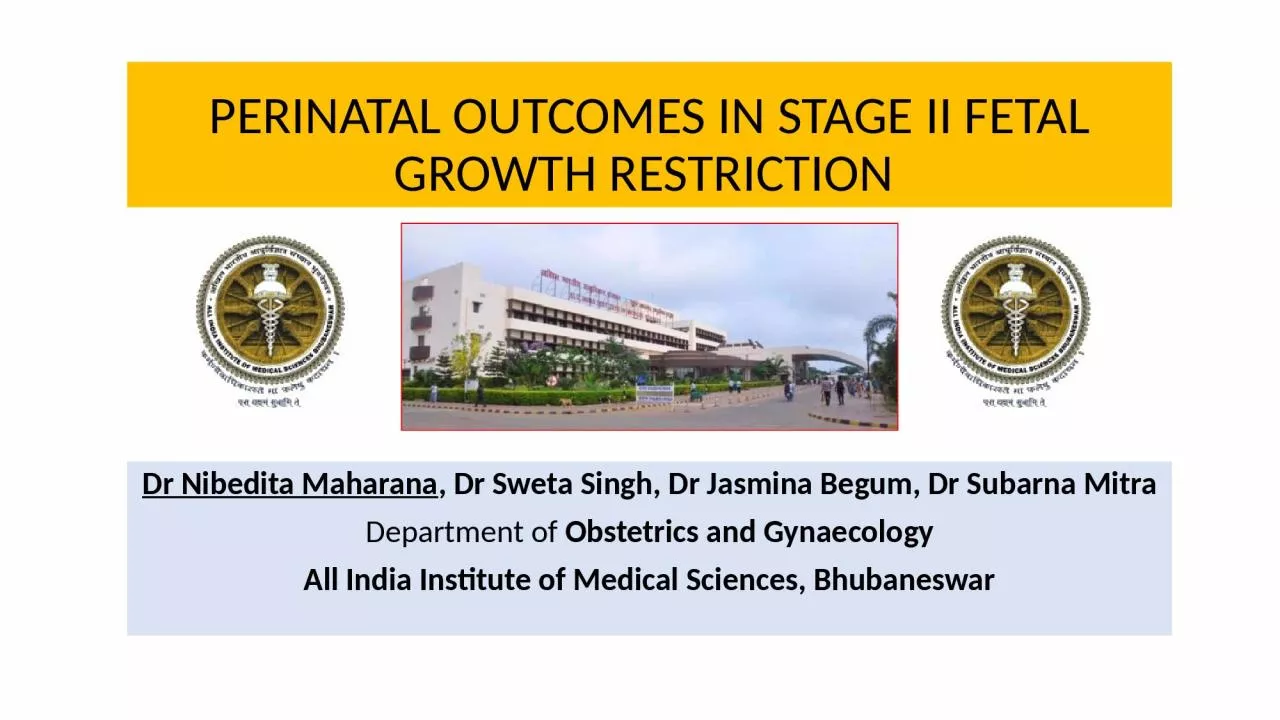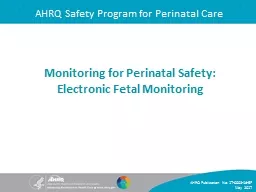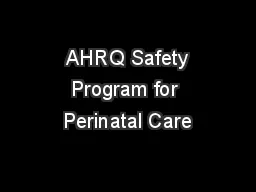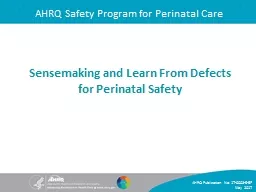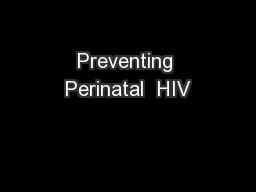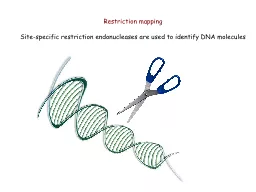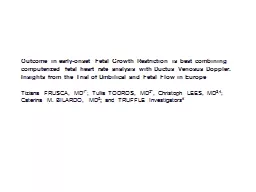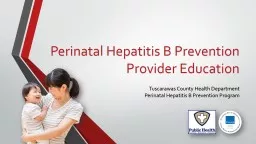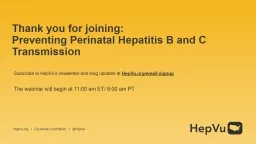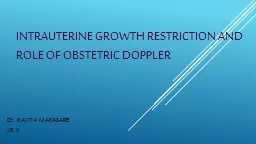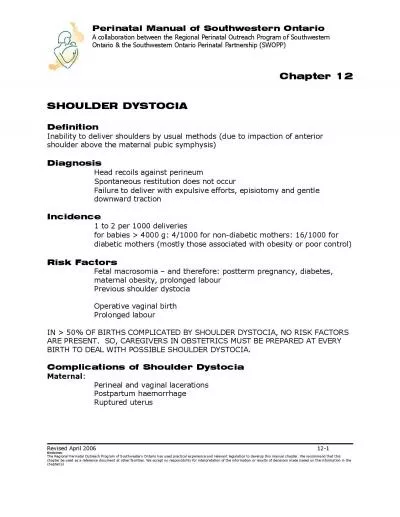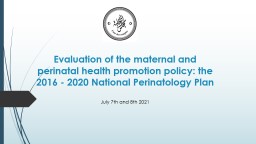PPT-PERINATAL OUTCOMES IN STAGE II FETAL GROWTH RESTRICTION
Author : TravelingSoulmate | Published Date : 2022-08-04
Dr Nibedita Maharana Dr Sweta Singh Dr Jasmina Begum Dr Subarna Mitra Department of Obstetrics and Gynaecology All India Institute of Medical Sciences Bhubaneswar
Presentation Embed Code
Download Presentation
Download Presentation The PPT/PDF document "PERINATAL OUTCOMES IN STAGE II FETAL GRO..." is the property of its rightful owner. Permission is granted to download and print the materials on this website for personal, non-commercial use only, and to display it on your personal computer provided you do not modify the materials and that you retain all copyright notices contained in the materials. By downloading content from our website, you accept the terms of this agreement.
PERINATAL OUTCOMES IN STAGE II FETAL GROWTH RESTRICTION: Transcript
Download Rules Of Document
"PERINATAL OUTCOMES IN STAGE II FETAL GROWTH RESTRICTION"The content belongs to its owner. You may download and print it for personal use, without modification, and keep all copyright notices. By downloading, you agree to these terms.
Related Documents

